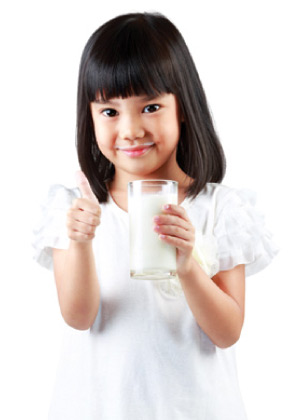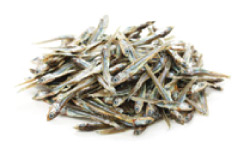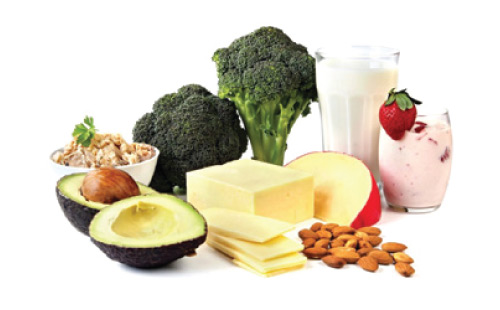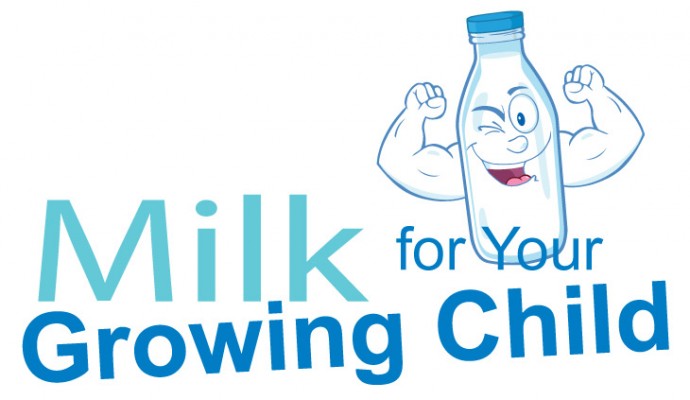From a nutritional standpoint, adequate nutrition is critical to child health and development. It is well recognised that the period from birth to two years of age is a “critical window” for the promotion of optimal growth, health and behavioural development. As we all know, breast milk is the most natural and nutrient-dense milk source that your baby will need for nourishment in his early stages of life. The Malaysian Dietary Guideline recommends that you practise exclusive breastfeeding for the first six months of your baby’s life, and to continue until he is two years old.
Growing needs
As your child grows, he will eventually be weaned off breast milk. He is encouraged to consume a balanced, varied diet and in adequate amounts. The Malaysian Dietary Guidelines for Children and Adolescents recommended that milk and milk products should be consumed every day as part of the daily diet. Milk and milk products are rich sources of essential nutrients such as protein, and several minerals (e.g. calcium, zinc, magnesium and potassium), several vitamins (e.g. vitamins A, B2, B3, B12 and D). These foods can therefore provide critical nutrients that are needed for the growth and development of children.

A trip to your nearest convenience store or supermarket will reveal that there are many different types of milk available. So how can you differentiate between each type? One of the first things to bear in mind is that your growing child’s nutritional requirements changes as he grows. You can see what nutrients each type of milk will provide him by reading the nutrition information panel on the label of the milk products in question.
Types of milk
Understanding the various types of milk available can help you make the appropriate choice:
Fresh milk
Pasteurised milk
UHT milk
Flavoured milk
Check the facts about goat’s milk
You might have come across some suggestions to use goat’s milk instead of cow’s milk. You should check the facts before you make this switch. You should be aware that unmodified goat’s milk is not suitable for infants because of its high protein/minerals contents and low folate content. In addition, goat’s milk has no clear nutritional advantage over cow’s milk and is not less allergenic to infants who are lactose intolerant. If you are unsure about the milk you are currently feeding your child or if you plan to switch to goat’s milk, please consult your child’s paediatrician.
Full cream milk powder
Low fat milk
Skimmed milk
Except for low-fat and skimmed milk, the various types of milk above can be given to children. Low-fat and skimmed milk may be used by adults who are overweight and wish to reduce fat intake. These types of milk should not be given to young children as they need the fat and fat-soluble vitamins that are contained in re gular milk.
Did you know?
Sweetened condensed milk and sweetened condensed filled milk are not considered as milk as they have a low nutritional value and high in sugar. You should discourage your child from taking them.

Other dairy products
It is important to note that consumption of other dairy products such as cheese, cultured milk and yoghurt can also provide your child with the necessary nutrients his body needs.
Common misconceptions
There are several ‘myths’ about milk that you as parents need to be aware of:
Myth: Children with lactose intolerance should avoid milk/milk products completely.

Myth: Cow’s milk is the only source of calcium

Myth: Milk contains cholesterol and should not be given to children.
An educational collaboration with Nutrition Society of Malaysia.







Comments